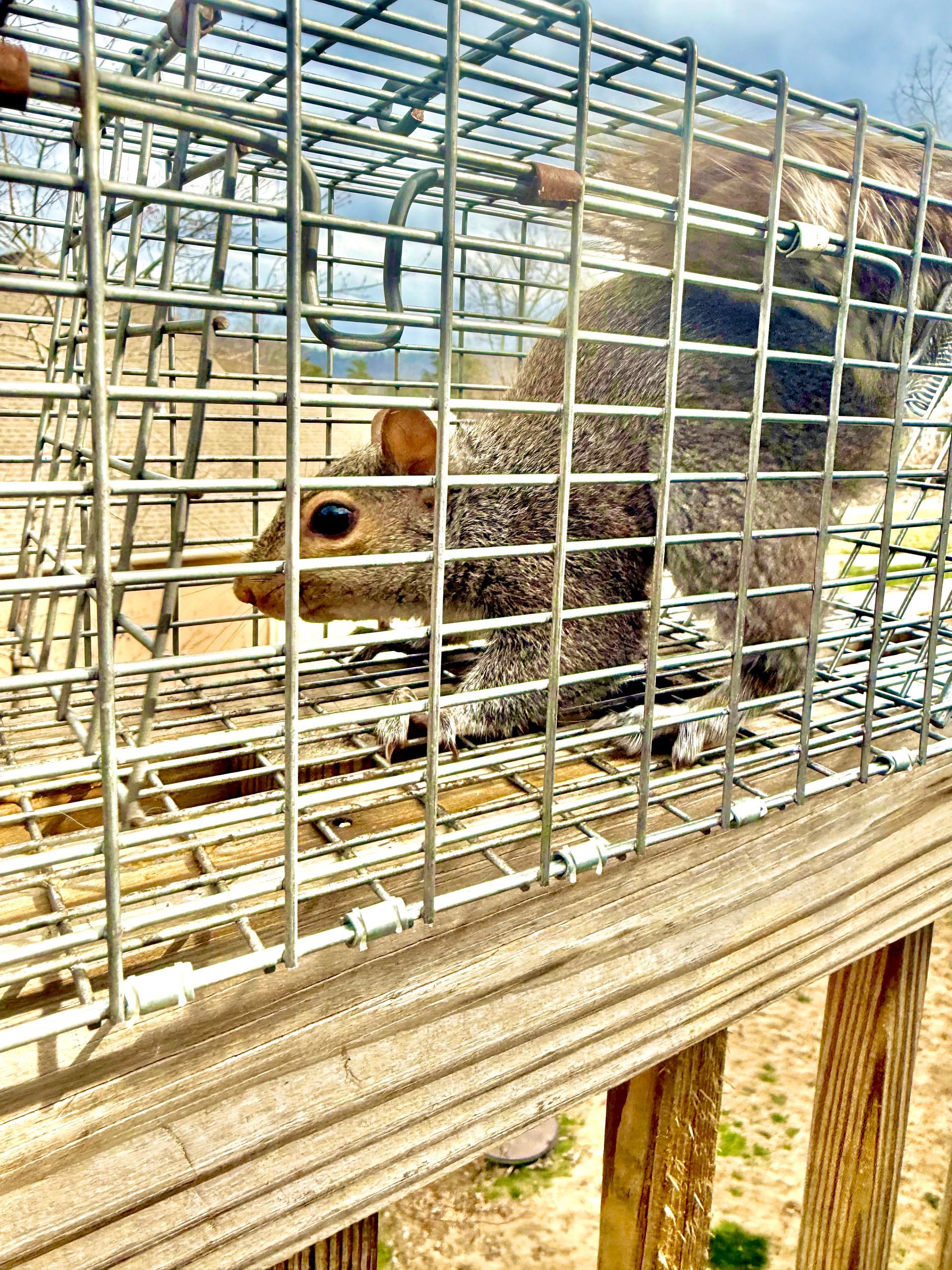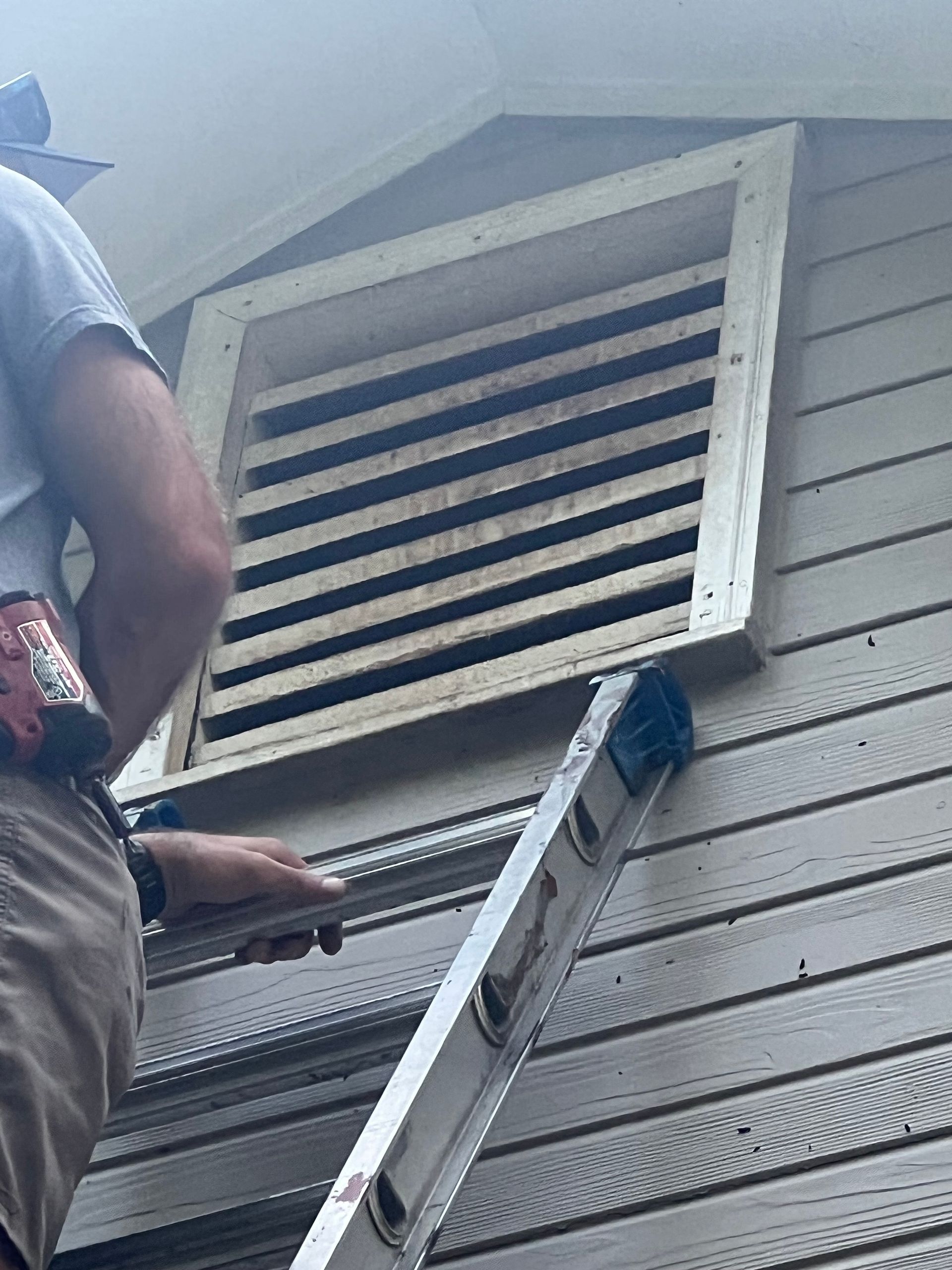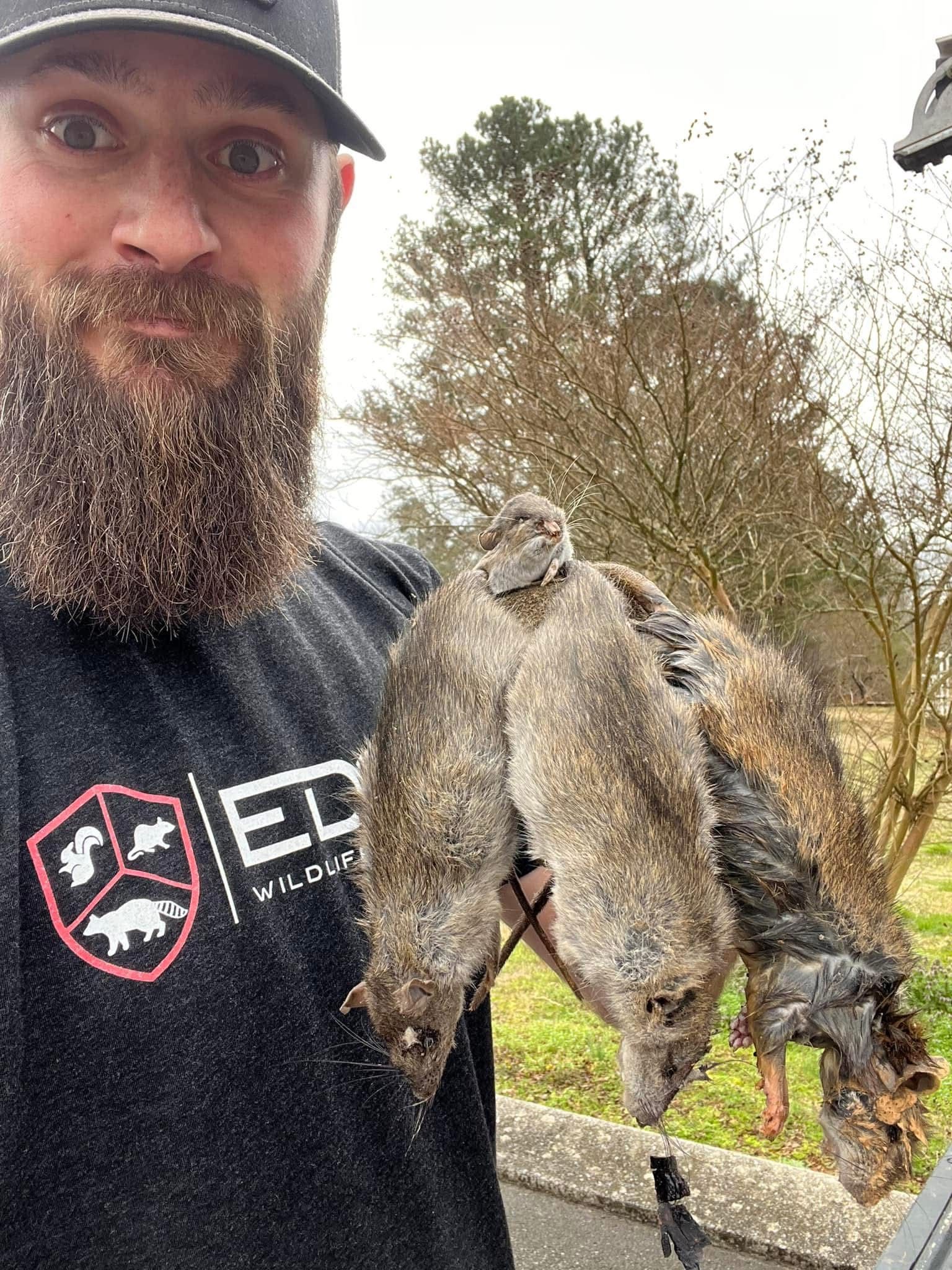(423) 762-5417 | Mon-Fri: 8am-5pm | Chattanooga, TN
You Won’t Believe How Easily Squirrels Get Into Your Home!
Squirrels in Your Chattanooga Home!

Introduction
If you think your home is secure from wildlife, think again. Squirrels are surprisingly crafty when it comes to sneaking into houses, and they don’t need much space to do it. Many homeowners are shocked when they find out just how small of a gap a squirrel needs—about the size of a golf ball! And once they’re inside? Well, let’s just say your attic quickly turns into their personal playground.
I once had a client who swore up and down that their home was “squirrel-proof.” They kept their yard clean, trimmed their trees, and sealed up visible openings. But when they started hearing scratching noises in the attic, they gave me a call. Sure enough, I found a tiny gap where the soffit met the roofline—just big enough for a determined squirrel to wiggle through. Within a few weeks, a whole family had moved in!
So, how do squirrels get inside so easily, and what can you do about it? Let’s take a look at the most common ways they break in and how to keep them out for good.
How Squirrels Sneak Into Homes
1. Tiny Gaps and Cracks
Squirrels may seem like fluffy little acrobats, but they’re also master escape artists. They can squeeze through gaps as small as 1.5 inches wide. If you’ve got even the smallest opening in your siding, soffits, or eaves, you could be inviting unwanted furry guests inside.
Common Entry Points:
- Gaps between siding and roofline
- Unsealed joints in soffits
- Cracks around windows and vents
- Loose or missing bricks in chimneys
2. Roof Vulnerabilities: A Squirrel’s Highway to Your Attic
Ever seen a squirrel scale a brick wall or leap effortlessly from a tree branch to a roof? They’re incredible climbers, and your home’s roof is their expressway to entry.
Top Roof Entry Points:
- Soffits & Fascia Boards – Squirrels can gnaw through wood or push their way into small gaps.
- Chimneys – An uncapped chimney is basically an open door for squirrels.
- Roof Vents – Many standard vents have plastic covers that squirrels can easily chew through.
- Loose Shingles – A tiny gap under a lifted shingle can become a squirrel’s new doorway.
3. Squirrels Can Chew Through Almost Anything
One of the biggest mistakes homeowners make is underestimating a squirrel’s ability to chew. Their teeth grow continuously, meaning they need to gnaw constantly to keep them in check. Unfortunately, that means they’ll chew through just about anything to get inside your house.
What Can Squirrels Chew Through:
- Wood
- Plastic
- Vinyl siding
- Aluminum flashing
- Thin sheet metal
- Even some softer masonry materials
4. Unprotected Vents and Openings
Your home has several necessary openings for ventilation, but these can also be easy access points for squirrels if they aren’t properly secured.
Most Commonly Invaded Vents:
- Attic vents
- Gable vents
- Dryer vents
- Bathroom exhaust vents
What Happens Once Squirrels Get Inside?
1. Nesting and Reproduction
Female squirrels love attics because they’re warm, dry, and safe from predators. Once inside, they quickly build nests using insulation, leaves, and whatever else they can find. Before you know it, you could have an entire litter of baby squirrels in your home.
2. Property Damage
Squirrels don’t just stop at chewing their way inside—they keep gnawing. They can:
- Destroy insulation, reducing energy efficiency.
- Chew on electrical wires, creating a serious fire hazard.
- Damage wood beams, weakening your home’s structure.
3. Noise and Odors
If you’ve ever had squirrels in your attic, you know how loud they can be. The constant scratching, thumping, and scurrying can keep you up at night. And if one dies inside your walls? The smell is unbearable.
How to Keep Squirrels Out for Good
1. Seal All Entry Points
The best defense is a good offense. Inspect your home for gaps and seal them with:
- Heavy-duty steel mesh
- Metal flashing
- Silicone caulk (for small cracks)
2. Trim Trees and Remove Access Points
Keep tree branches at least 6-8 feet away from your roof. This makes it harder for squirrels to jump onto your home.
3. Use Squirrel-Proof Materials
If you’re replacing vents, fascia boards, or soffits, opt for chew-resistant materials like metal or reinforced PVC.
4. Install Chimney Caps and Vent Covers
A simple chimney cap can prevent squirrels from making a home inside your flue. Strong metal vent covers also keep them from squeezing through weak points.
5. Call a Professional Wildlife Removal Service
If you suspect squirrels are already inside, don’t wait. The longer they stay, the more damage they’ll cause. A professional wildlife removal expert can safely evict them and help squirrel-proof your home.
Final Thoughts
Squirrels are cute when they’re outside, but once they invade your home, they become a serious nuisance. They can chew through nearly anything, sneak through tiny gaps, and turn your attic into a nesting ground. The key to keeping them out is prevention—sealing up entry points, reinforcing weak areas, and staying vigilant.
If you’ve been hearing strange noises in your attic or have spotted squirrels near your roof, don’t wait until it’s too late. Give us a call, and we’ll make sure your home stays squirrel-free!


